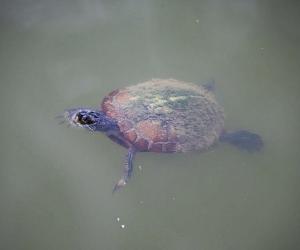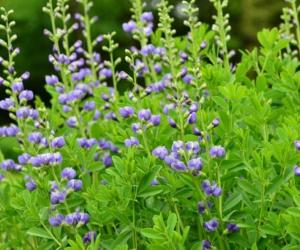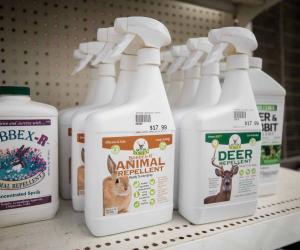What pH is Rainwater And Should You Drink It?
Water is probably THE most important resource in the world, and everyone needs it. Thankfully, the most important resource in the world happens to fall from the sky with regularity! Still, that doesn’t mean that the water we can get from the sky is safe for humans. Today, we are going to look at some of the science behind rainwater, specifically, its natural pH and if it’s ok to drink. Let’s get started!
What pH is Rainwater Normally?
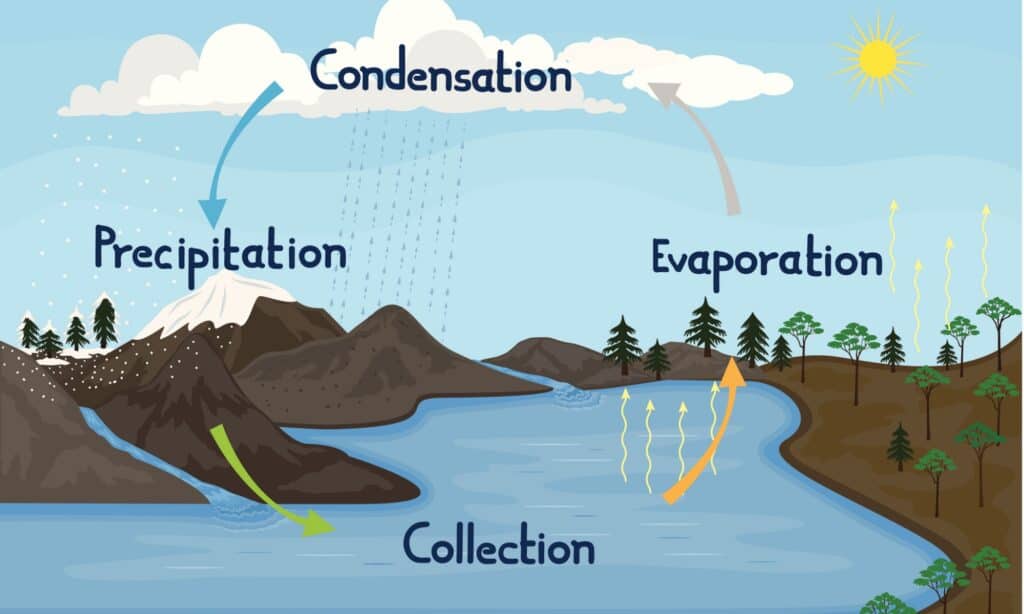
©mervin07/Shutterstock.com
The pH of rainwater is normally between 5.0 and 5.5, but that assumes that it’s clean water free of any contaminants. 5.0-5.5 on the scale is slightly acidic.
The pH scale ranges from 0 to 14, with 7 being right down the middle (neutral), lower than 7 being acidic, and higher than 7 being basic. Pure water has a pH of 7, but rainwater actually isn’t pure water! The pH of rainwater has a lot to do with the gases in the atmosphere, and since the rain is formed in clouds that exist in the atmosphere, it can be impacted by their makeup. Certain conditions can make rainwater more acidic or more basic, it just depends on the chemicals involved.
Things That Impact Rainwater
Usually, the most common gas that affects the pH of rainwater is carbon dioxide (CO2). CO2 easily dissolves in water and creates something known as carbonic acid. This new chemical is a weak acid that lowers the pH of rainwater slightly, giving us the 5.0-5.5 range that’s most common.
That being said, there are other chemicals that can impact the acidity or alkalinity of rain. Another example is sulfur dioxide and nitrogen oxides, two chemicals that come from events like volcanic eruptions and large wildfires. When these chemicals mix with water, they make a stronger acid, even more so than the carbonic acid which is usually found in rain. When these acids are created, it creates something called “acid rain”, which can harm plants. It’s important to know, however, that acid rain doesn’t necessarily mean rain that burns and melts things (that’s mostly science fiction), but just rain that’s under 5.0 on the pH scale. Calcium carbonate, dust, and other things can do the reverse, making rain more alkaline or more basic.
Should You Drink Rainwater?
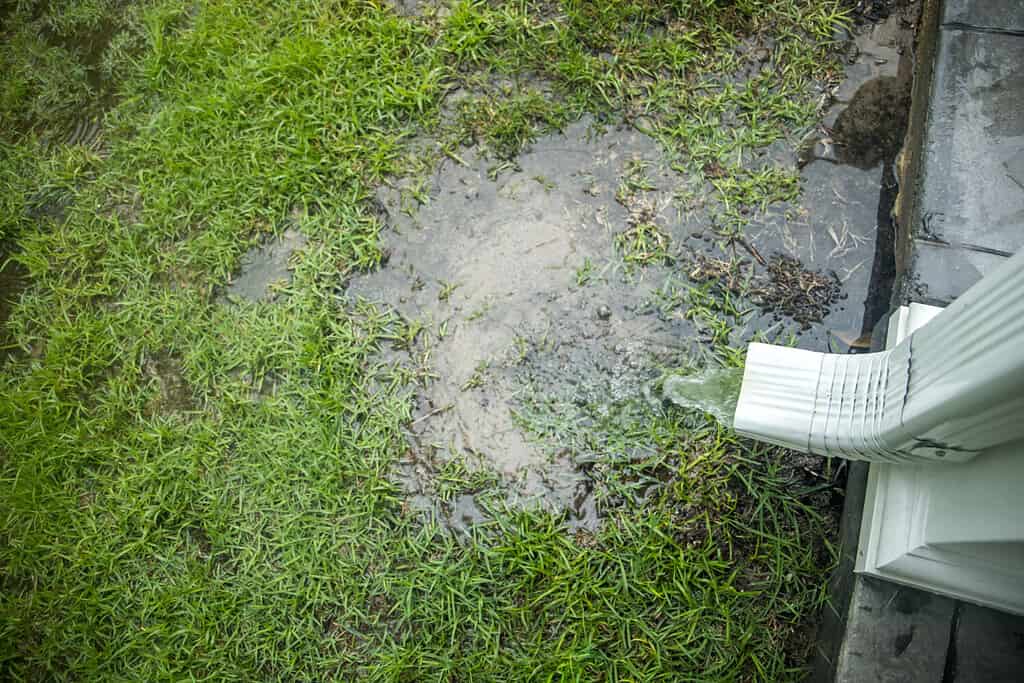
©Ursula Page/Shutterstock.com
Like most of life’s questions, the answer to this question is not a simple yes or no. Drinking rainwater depends on several factors, including the quality of the rainwater, the method of collection and storage, and the location where the rainwater is coming from.
Rainwater can be very clean and pure when it falls from the sky since it’s essentially distilled water. That being said, as it travels through the air and lands on the roof, runs through your gutters, and into an uncovered collection bin, it can very easily pick up various contaminants. Unprotected and unfiltered, rainwater can carry things like microorganisms, mold, dirt, dust, and straight-up pollution, none of which you should be drinking.
Tips to Drink Rainwater
There are a few things you can do to help make sure rainwater is safe, particularly if you are going to be collecting it yourself.
- Always use a clean roof material that is designed for water collection. Leaking tar or other debris could be dangerous to drink, especially over long periods of time.
- Use special tools. Things like flush diverters ensure the first little bit of rain (the dirtiest) doesn’t get put into your collection bins.
- Install filters to stop both debris and microorganisms.
- Use some type of disinfectant. Some of the common ones include chlorine, iodine, and even UV light!
- Worst case scenario, boil your water to get rid of anything bioactive. This won’t remove pollutants, however.
- Test! It’s pretty easy to get some test kits to make sure your water is clean and safe.
Besides the best practices you can implement, another factor that affects the safety of drinking rainwater is the location where you collect it. Rainwater in some areas may be more polluted than in others, depending on the geography and regulations of the region. Large cities with lots of cars pollute more, which in turn shows up in the rainwater. In the United States, this isn’t usually something to be scared about, but it’s worth checking out and testing. Other little variances with rainwater include coastal areas, which may have higher levels of minerals than inland areas, and water from arid regions, which may have lower levels of contaminants but much lower availability than other parts of the world.
